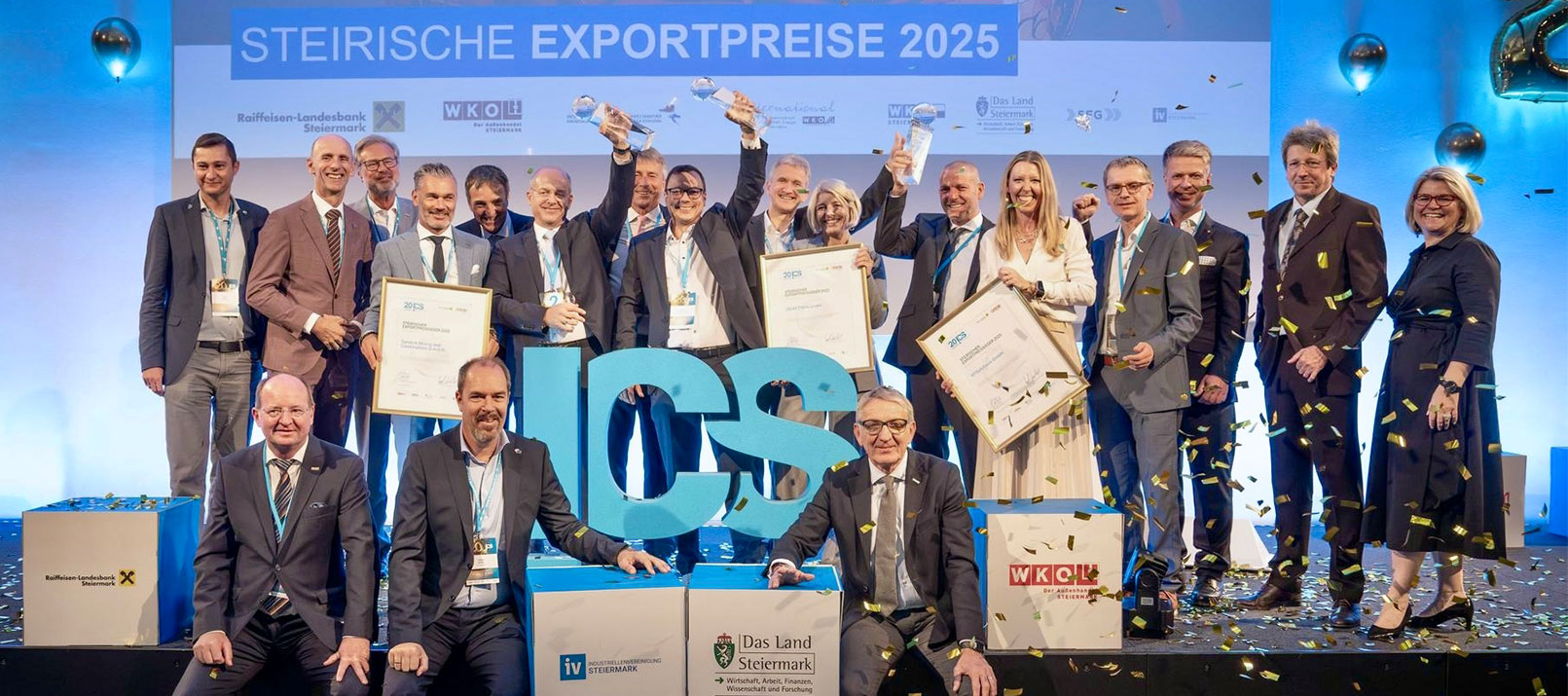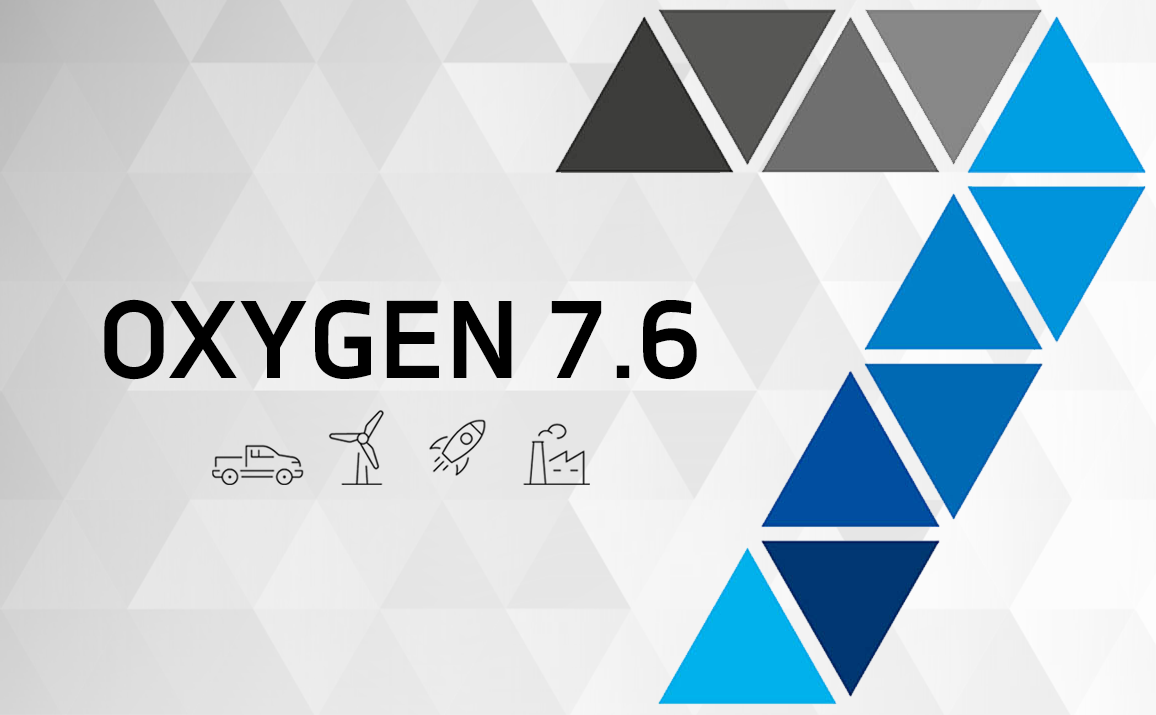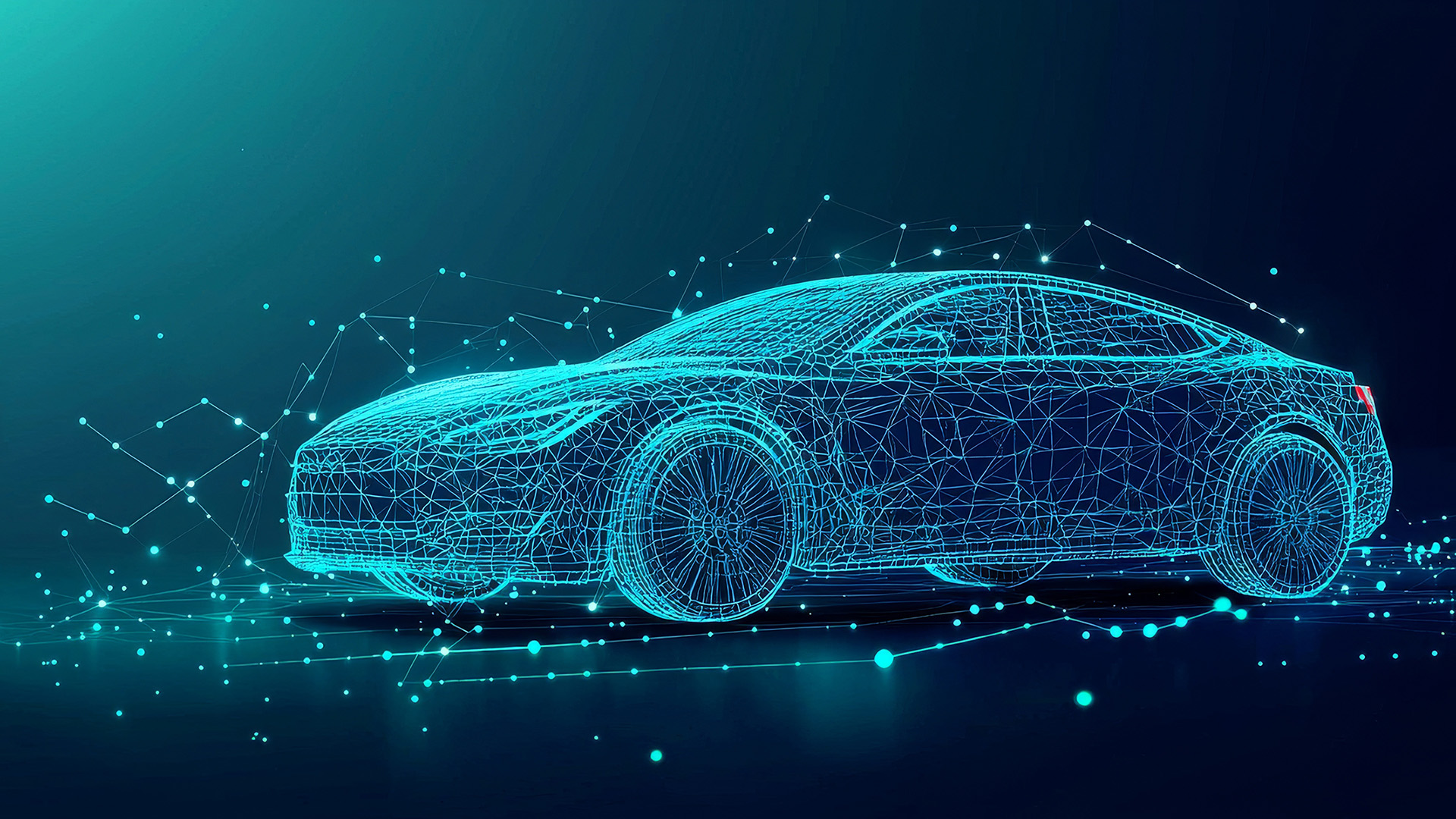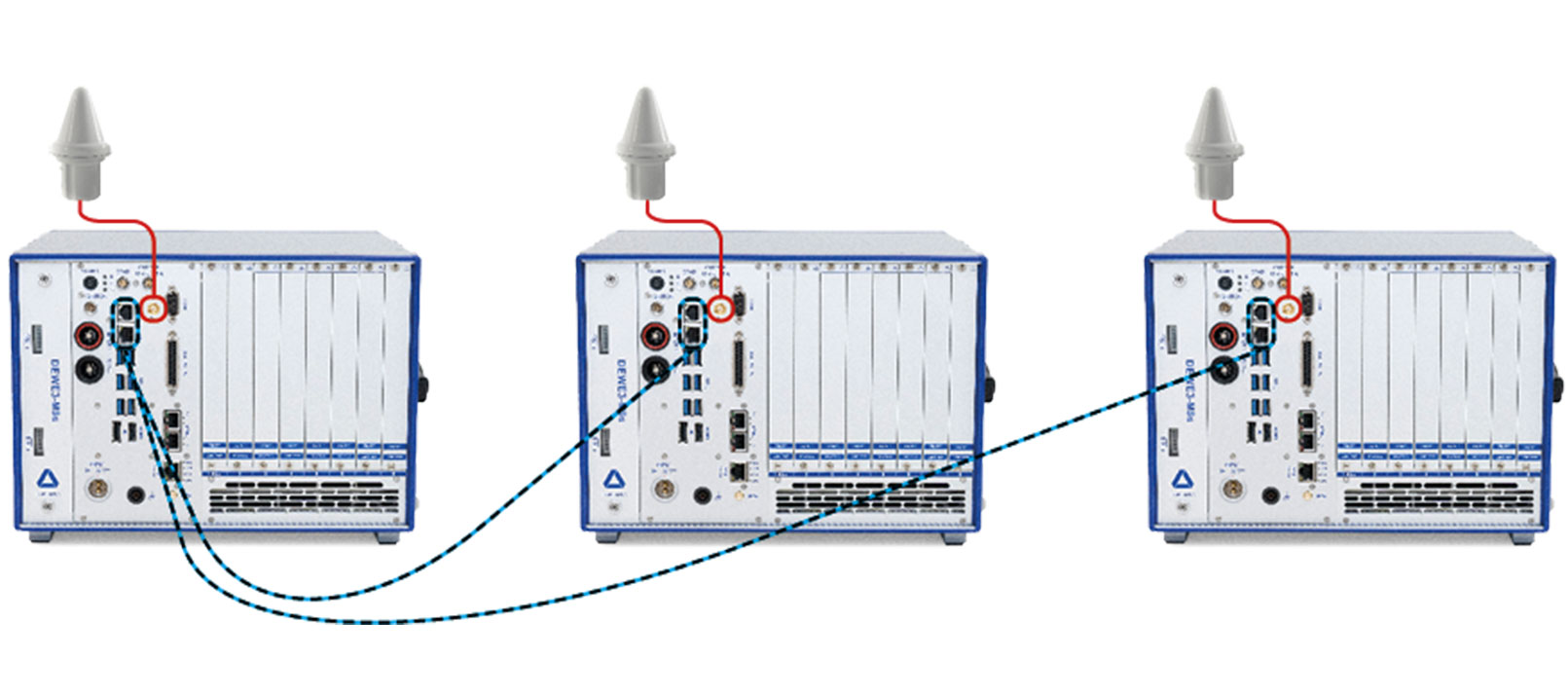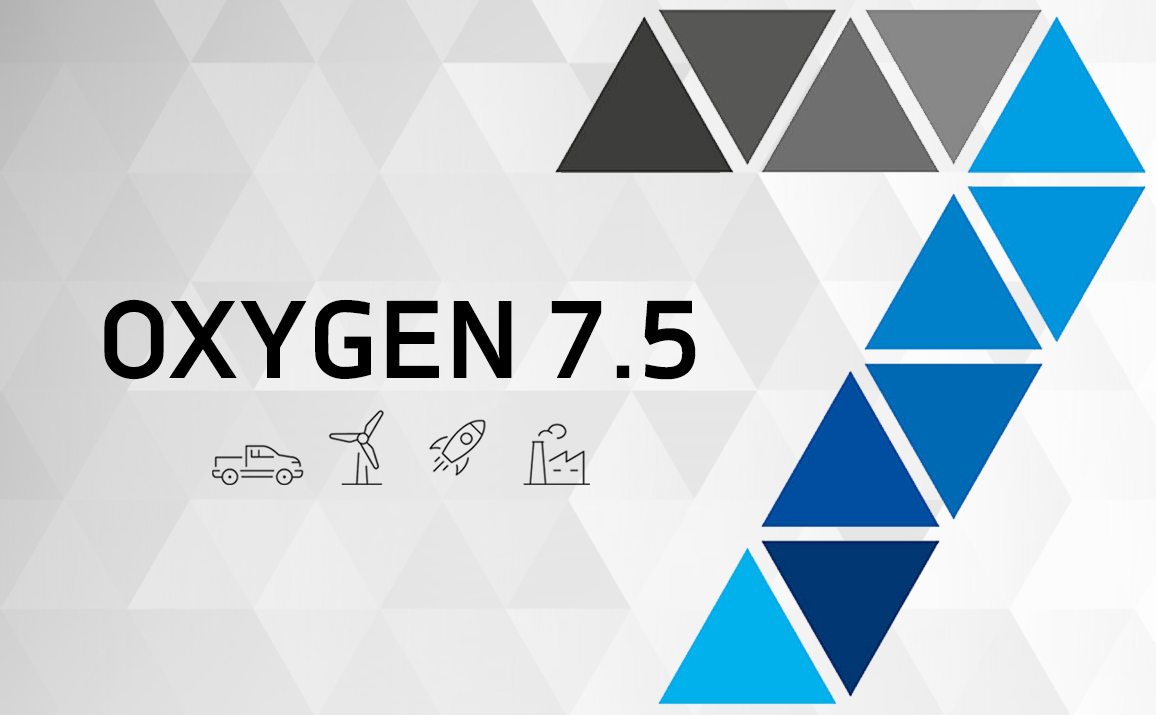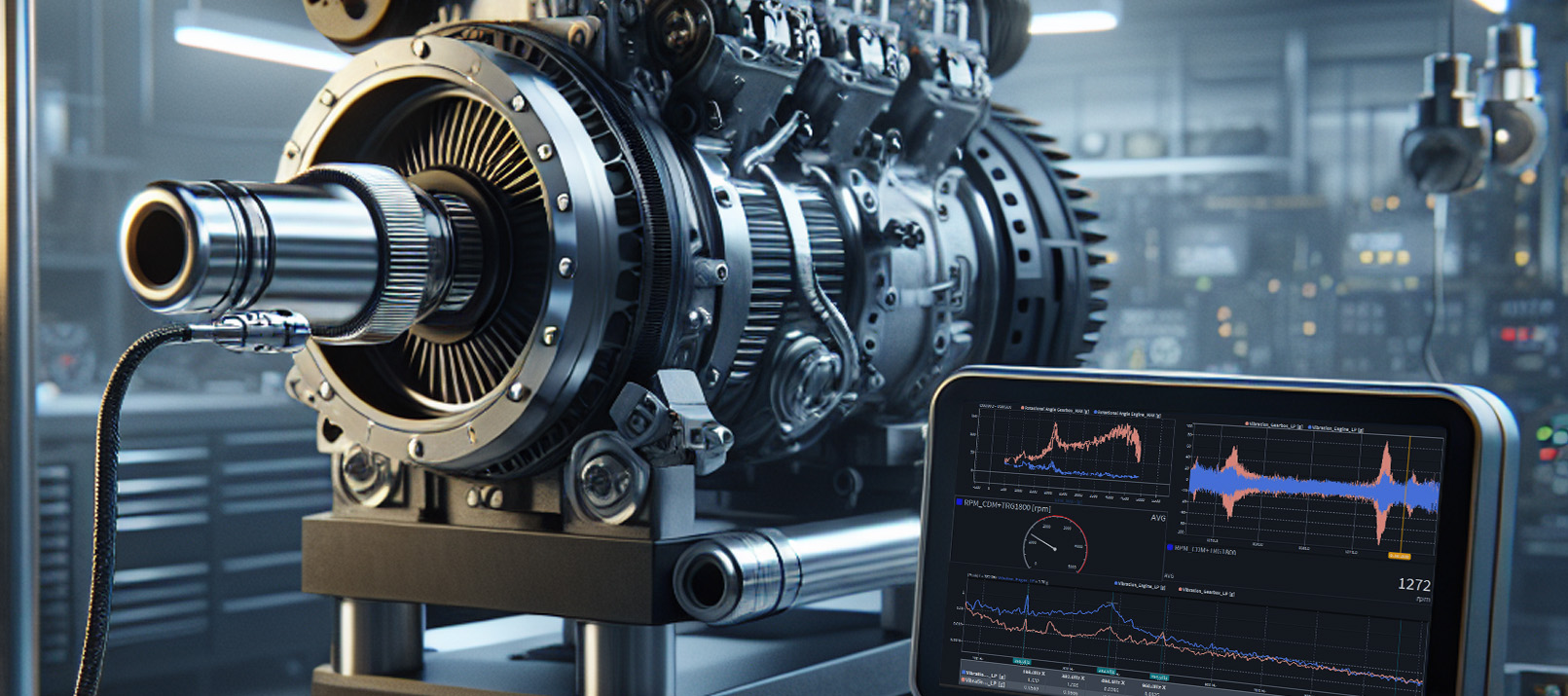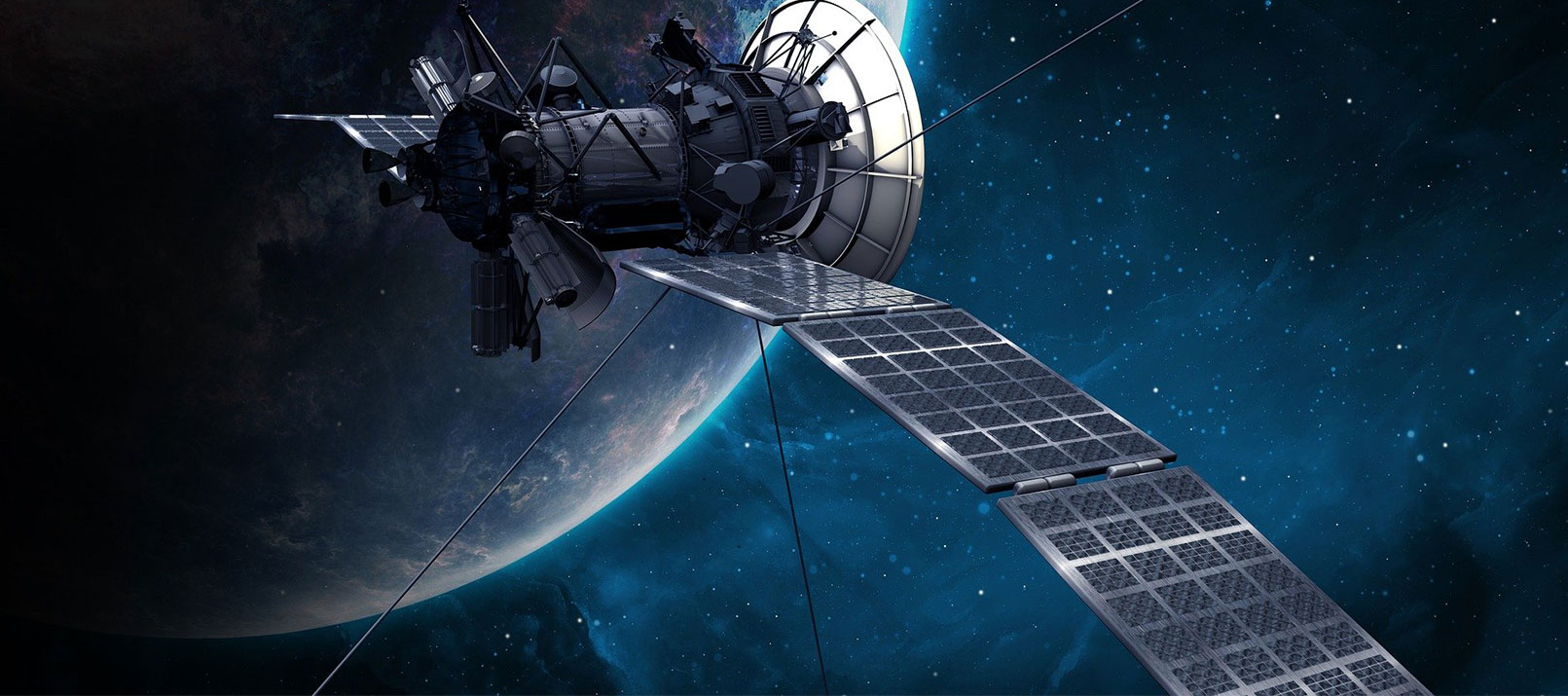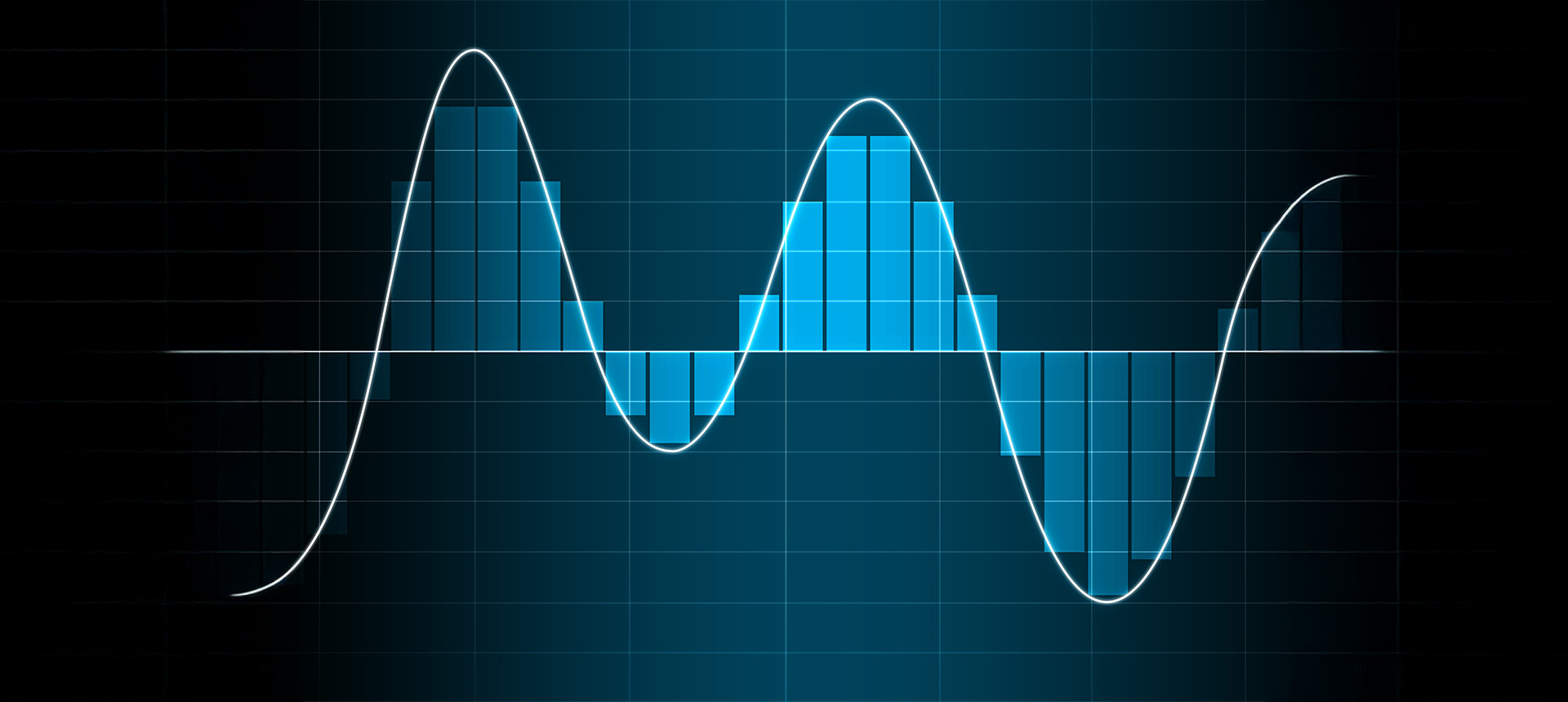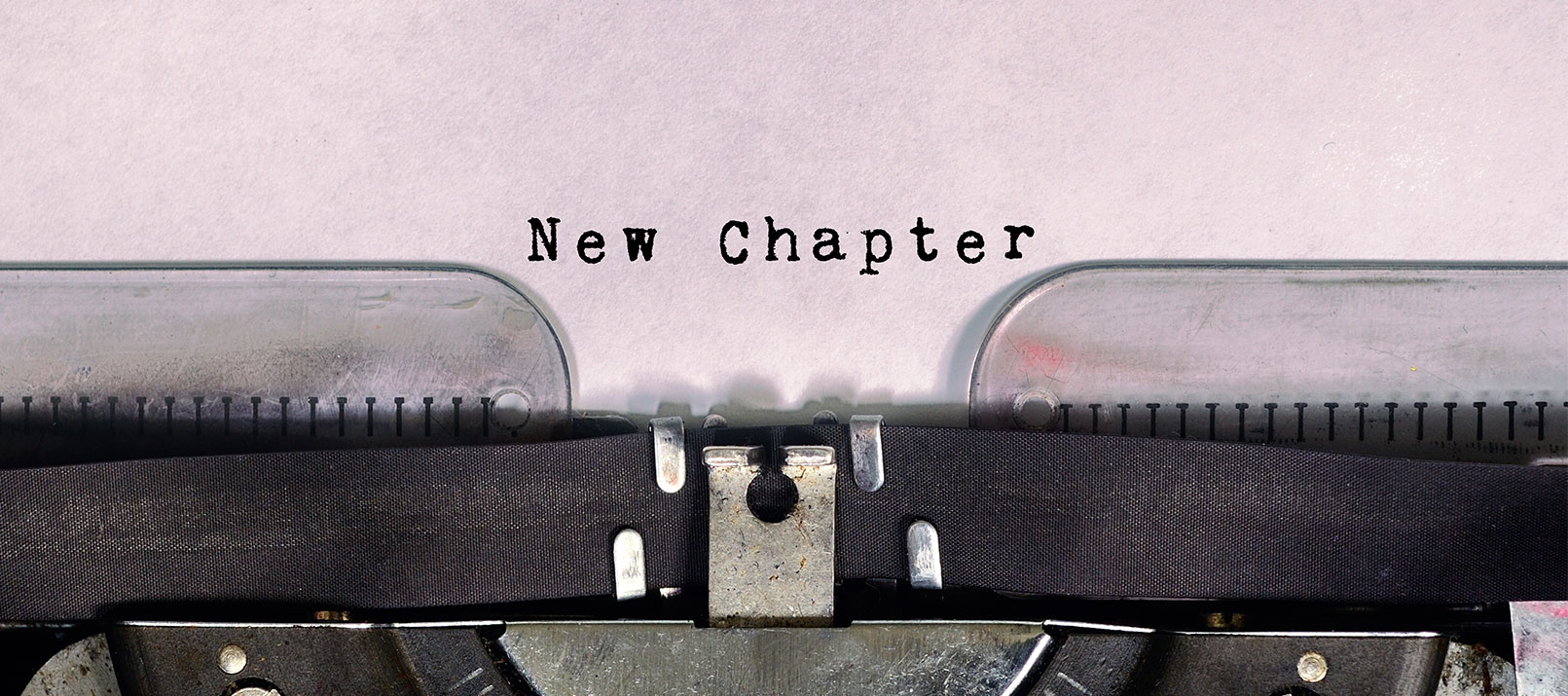A/D Converter at DEWETRON
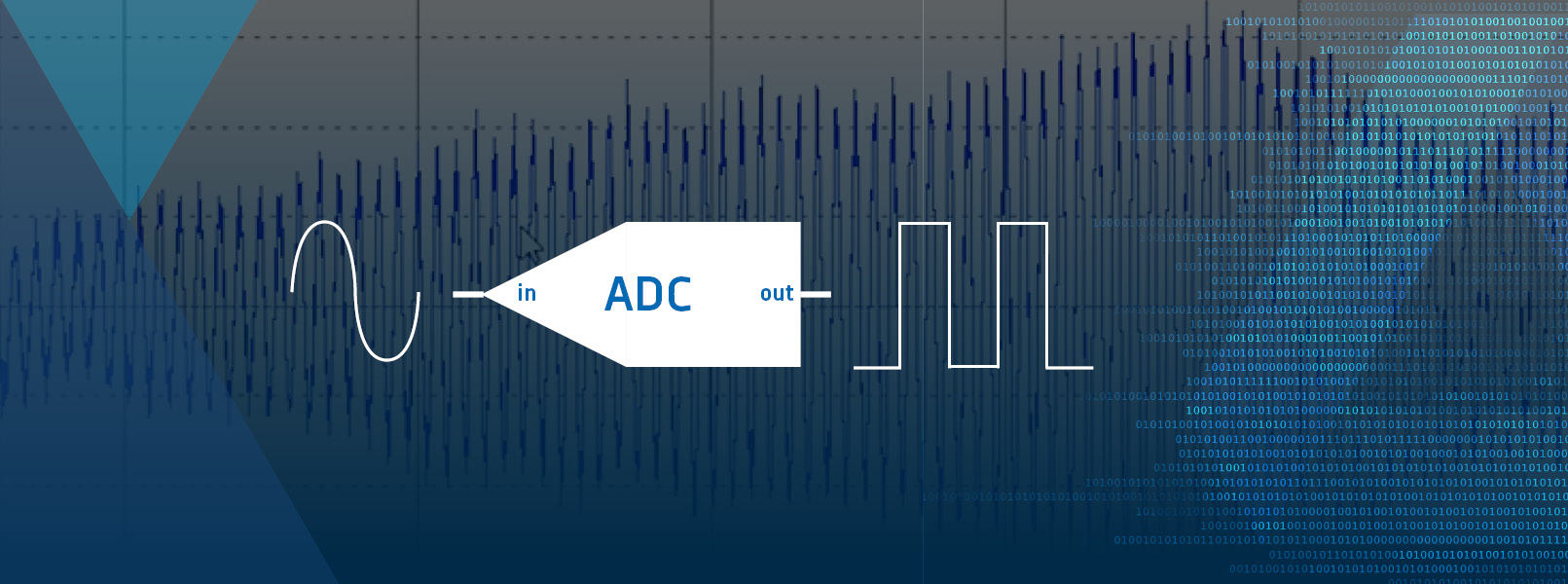
In electronics, an A/D converter (analog-to-digital converter or ADC) converts an analog signal into a digital signal. The analog signal might be for instance a sound picked up by a microphone, light entering a digital camera as well as an analog voltage or current signal. The following paragraphs explain the working principle behind an A/D converter and illustrate the A/D conversion by DEWETRON.
What do the terms “analog” and “digital” mean?
The terms “analog” and “digital” relate to the way of representation of the signal. While an analog signal describes the course of a continuous variable over time, a digital signal is a discrete signal that transmits the information in a binary form (stored in the form of ones and zeros). As digital electronic equipment (e.g. microcontroller) cannot process analog signals, A/D converters find use to translate our analog world into digital values.

Figure 1: Schematic representation of ADC
A/D conversion process
As already said, the A/D converter converts an analog input signal (in the test and measurement industry mostly voltages) into a digital form. Thereby, the conversion mainly consists of three steps:
- Sampling – time discretization
- Quantization – value discretization
- Encoding – value classification
Sampling
A sample is a value at a point in time. The sampling process determines the maximum bandwidth of the sampled signal according to the Nyquist sampling theorem. This theory states that the sampling frequency (the number of samples obtained in one second – measured in S/s or Hz) is at least twice bigger than the maximum possible signal frequency. Consequently, processing a signal with a higher sampling rate than Nyquist is considered oversampling.
Quantization
Quantization refers to the process by which the continuous amplitude values are represented by a limited set of discrete values. In order to quantify the signal, a digital value of the amplitude, which comes closest to the original analog amplitude, is selected. This rounding leads to an error that cannot be reversed and is called quantization error.
Encoding
Encoding means assigning a code to the determined quantization interval.
Several different A/D converter types with different architecture but a similar working principle exist. The most popular converter types are the Delta-Sigma converter, the SAR converter (successive approximation register), and the flash converter.
A/D converter @ DEWETRON
DEWETRON uses the Delta-Sigma converter as well as the SAR converter. Thereby, we differentiate between four different sample system architectures for the following signal conditioning module series:
- TRION-2402 series
- TRION(3)-18xx-MULTI series
- TRION3-18xx-POWER series
- TRION-16xx/18xx series
A/D conversion of TRION-2402 series
Any TRION-2402 series module uses up to 8 Delta-Sigma A/D converters. If you sample with a data rate of 102.4 kS/s, the ADC actually samples the input signal with 13.1072 MS/s (multiply the data rate with 128) and produces 1-bit samples which are applied to the digital filter. Then, the filter expands the data to 24-bits and rejects signal parts greater than 51.2 kHz (Nyquist frequency). Moreover, it also re-samples the data to the desired rate of 102.4 kS/s.

Figure 2: TRION-2402 sample system architecture
A/D conversion of TRION(3)-18xx-MULTI series
The TRION(3)-18xx-MULTI series utilizes one 18-bit 5 MS/s ultra-low noise successive approximation ADC per channel. This, therefore, allows measuring a signal bandwidth of up to 2 MHz with very low noise and excellent accuracy. Moreover, by using frequency compensated analog amplifiers, the TRION(3)-18xx-MULTI series can keep the phase shift between the channels very low. The channel-to-channel phase error within one board is typically below 5 ns. In other words, you can measure a 1 kHz sine wave signal with a maximum phase error of 0.002°.

Figure 3: TRION3-1850 sample system architecture
A/D conversion of TRION(3)-18xx-POWER series
The TRION(3)-18xx-POWER series utilizes one 18-bit 10 MS/s ultra-low noise successive approximation ADC per channel. Hence, this allows measuring a signal bandwidth of up to 5 MHz with very low noise and excellent accuracy.

Figure 4: TRION3-1810M sample system architecture
A/D conversion of TRION-16xx/18xx series
The TRION-1620 series utilizes one 16-bit 2 MS/s ultra-low noise successive approximation ADC per channel. This allows measuring a signal bandwidth of up to 1 MHz with very low noise and excellent accuracy. By using frequency compensated analog amplifiers, the TRION-1620 series can keep the phase shift between the channels very low. The channel-to-channel phase error within one board is typically below 20 ns. In other words, you can measure a 1 kHz sine wave signal with a maximum phase error of 0.007°.

Figure 5: TRION-1620 sample system architecture
This is DEWETRON
DEWETRON is the manufacturer of high-precision test and measurement technology. In addition to our own measurement software OXYGEN, we offer modular data acquisition hardware which you can adjust to any measurement task with the user exchangeable signal conditioning modules (TRION and TRION3 series). DEWETRON’s customers operate in sectors like aerospace, automotive, power, energy, industrial, and many more. In addition to that, we offer unsurpassed service and support.
